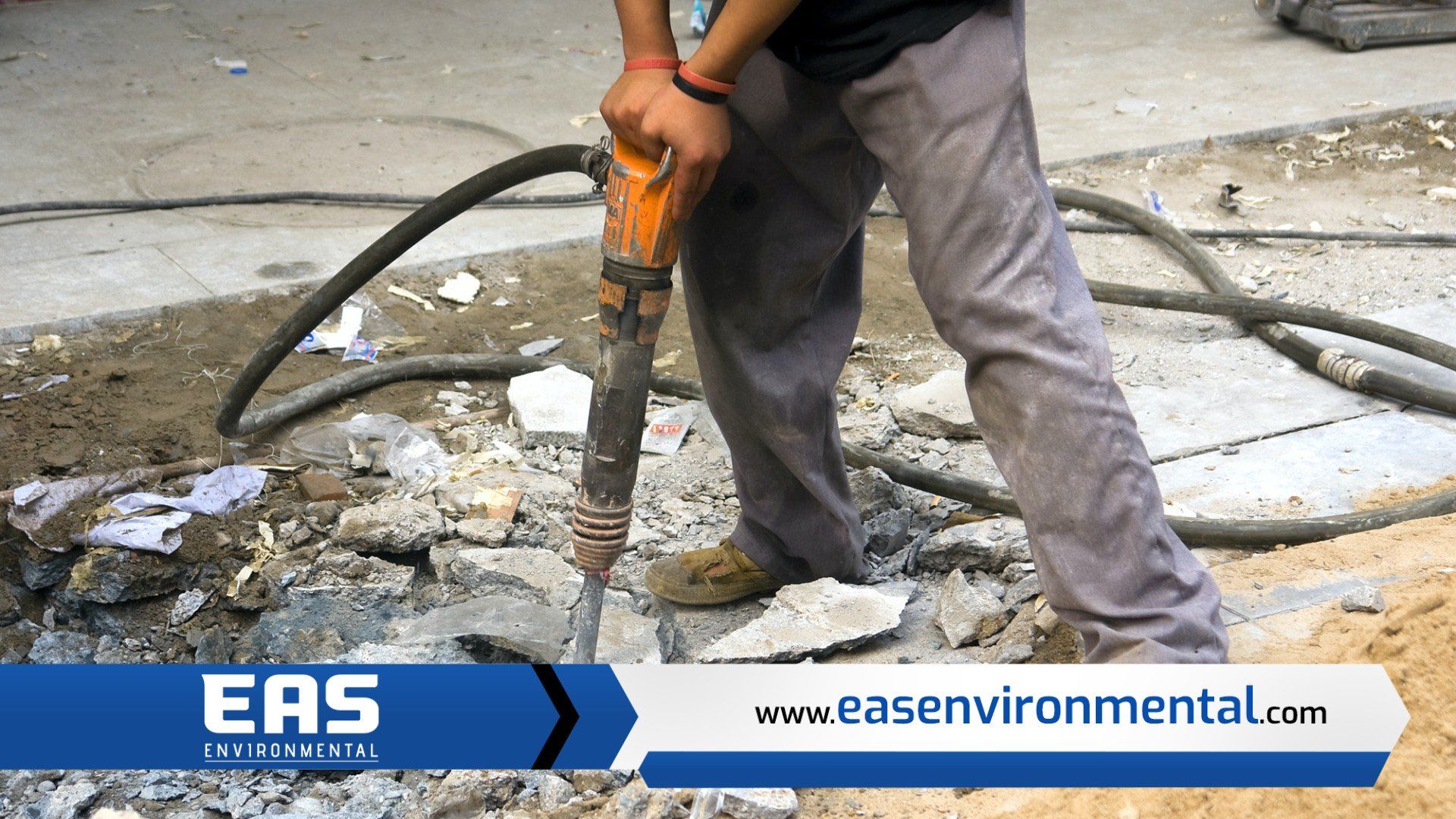Exterior Demolition in North Charleston, SC
What are the 3 types of demolition?
Total demolition, selective demolition, interior demolition, dismantling or deconstruction, and explosive demolition are the most common demolition methods and kinds. Total demolition refers to the destruction of a whole structure or site, whereas selective demolition refers to the removal of certain parts of a building.
Can you tear down a house with a mortgage?
If you own a home and have an existing mortgage, the bank has a legal claim on your property in the amount of the mortgage debt. Essentially, you cannot demolish your home if it is owned by the bank.
How often are buildings imploded?
According to the National Demolition Association, only a small percentage of structures are really collapsed. In reality, it is less than 1%. While your imagination may conjure up images of a demolition as an explosive event that results in the structure collapsing in a flaming heap, this is rarely the case.
What is simple demolition?
Buildings are demolished during the demolition process. Demolition of small buildings, such as dwellings, is frequently straightforward. Excavators, bulldozers, and small cranes are frequently used to demolish buildings. Other specialized equipment may be utilized as well. Larger structures may need the use of a wrecking ball wielded by a crane.
What is the difference between demolition and deconstruction?
The purpose of a demolition project is to simply demolish a structure, building, or property. Deconstruction involves utilizing and maintaining the demolished components, whereas demolition is just smashing down the building. It allows you to repurpose and recycle outdated materials.
What is soft demolition?
Flooring, floor coverings, block walls, drywall, hard ceilings, drop ceilings, structural and non-structural walls, asphalt, retaining walls, overhangs, and curbs are all examples of soft demolition. All structural demolition must be reviewed by an engineer prior to removal.
What is hard demolition?
A hard demolition is the process of securely pulling down the structural parts of a structure utilizing heavy equipment and technology such as bulldozers and wrecking balls, as the name implies. It entails removing walls, floors, beams, and load-bearing structures. As a result, heavy equipment is frequently employed.
What is partial demolition?
Partial demolition is sometimes characterized as the removal of certain structures such as doors or windows, a portion of a wall or roof, or any decaying structure while leaving the remainder of the structure intact. The method is selective in that it selectively eliminates specific elements of a building rather than the complete structure.
What are the two types of demolition?
Commercial and residential demolition are the two most common forms of destruction. Commercial demolition refers to the demolition of business-specific structures such as office buildings and retail businesses. Residential demolition refers to the destruction of residences and structures that are used as living spaces, such as houses and apartment complexes.
How do you price demolition?
A building's demolition cost is generally proportional to its square footage. The national average for commercial demolition is typically $4 to $8 per square foot, so you can obtain an estimate of the expenses connected with demolition by multiplying the square footage by a dollar figure in that range.
Is it cheaper to tear down or renovate?
In many circumstances, demolishing an old house is less expensive than a complete makeover, with or without an extension.
In what cases demolition by machine can be done?
Simple roof structures supported by wall plates should typically be demolished by hand to the level of the wall plates, but if this may require dangerous labor, entire destruction by machine may be suitable.
What is the next step after demolition?
The drafting of a plan is the next step in the demolition process, and one of the most significant components is collecting all of the appropriate licenses. Both city regulations and those governing local regions must be followed.
What are the different demolition methods?
Controlled demolition can be employed on towering structures, bridges, chimney stacks, and cooling towers. It is accomplished using diamond drilling and hydraulic concrete crunching. Mechanical demolition entails the use of specialized mechanical tools and equipment.
What is detailed demolition?
Detailed deconstruction sometimes comes before "total" demolition, and it also entails carefully saving valuable items for recycling. Utilities are identified and found, and structural stability is evaluated in order to decide the order in which a structure will be dismantled.
How do you demolish an old building?
Implosion is the use of explosives to demolish a building. The structure falls if the building's supports are removed. The primary supports of the buildings, such as columns, beams, and slabs, are attached using explosives using the implosion technique.
Got a Question? We’re Here to Help.
You can arrange an appointment or make an enquiry by phone or email, orget in touch to us via our contact form.
Frequently AskED Questions
Take a moment to read answers to our most frequently asked questions about our services.
Cities We Proudly Service
Click on the dropdown below to see all the cities we provide exterior demolition contracting services.
Contact EAS Environmental Today!
EAS Environmental will do everything we can to ensure your experience with us is excellent.
Request A FREE Estimate
Request a Free Estimate Form
24-Hour Emergency Service
Contact Information
Phone: 843-460-8391
Address: 125 Bud Lane Ladson Charleston, SC 29486
Email: sturner@easenvironmental.com
Business Hours:
24/7 Open
Appointments Available
Servicing North Charleston and all of South Carolina
EAS Environmental provides many services related to environmental hazardous abatement and cleanup as well as solving moisture control issues.
Related Services
Please see our most requested services listed below. EAS Environmental is here for you when you need asbestos or lead abatement, or moisture control service to prevent mold growth.
Asbestos Removal
With asbestos removal services, you'll never again have to worry about this hazardous substance that could wreak havoc on your health and wellbeing. Whether its in a private residence or commercial setting, we're a licensed and certified abatement firm that will remove asbestos from anywhere it may be found!
Demolition Services
It's hard to find a good demolition company, especially if you're in an emergency situation. We are the best demolition company around, and we can handle any job big or small. Our team of experts have years of experience under their belt so they'll be able to get your project done right the first time.
Disaster Restoration: Fire and Water Damage Restoration
When disaster strikes, fast action is critical. If your home or business has suffered fire or smoke damage, don’t wait—EAS Environmental is here to help. Our expert team provides responsive and prompt fire and damage restoration services to help you recover quickly and safely. Call us today to learn more about our fire damage repair services near you!
Schedule Your FREE Asbestos & Lead Evaluation!
Did you know that asbestos containing materials are still being sold in today? Call us today to find out more!


